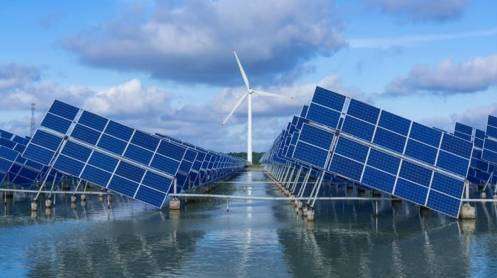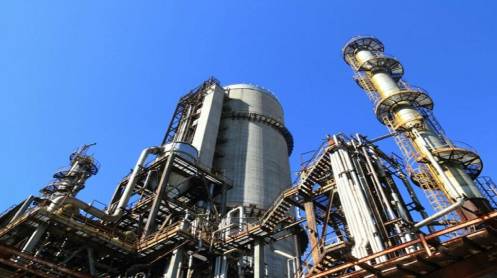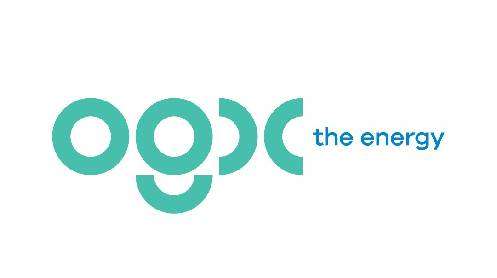IRENA Report Confirms Renewables’ Global Cost Leadership Amid Grid, Financing Challenges
Abu Dhabi, 23 July 2025 — The International Renewable Energy Agency (IRENA) has confirmed that 91% of new renewable energy projects commissioned in 2024 were cheaper than the most affordable fossil fuel alternatives. In its latest Renewable Power Generation Costs in 2024 report, IRENA highlights that renewables are now the world’s most cost-effective power sources—delivering economic, environmental, and security benefits globally.
Onshore wind emerged as the most economical technology at USD 0.034/kWh, while solar PV followed at USD 0.043/kWh—making them, on average, 53% and 41% cheaper than fossil fuel-based options, respectively. The global addition of 582 GW of renewable capacity last year saved about USD 57 billion in fossil fuel costs, with total avoided fossil fuel expenditure estimated at USD 467 billion.
IRENA Director-General Francesco La Camera stated, “New renewable power now consistently undercuts fossil fuels, offering a clear path to secure and sustainable energy. But rising trade tensions, supply chain disruptions, and financing hurdles—especially in emerging markets—could stall progress if not addressed.”
The report warns of persistent structural and integration challenges, including slow permitting, weak grids, and high financing costs in developing nations. While renewable projects in Europe and Africa may have similar generation costs (~USD 0.052/kWh), financing costs remain disproportionately high in Africa due to perceived investment risks—ranging from 3.8% cost of capital in Europe to 12% in Africa.
United Nations Secretary-General António Guterres called renewables “smart economics,” urging global leaders to remove barriers and unlock investments to accelerate the energy transition.
Cost declines in battery energy storage systems—down 93% since 2010 to USD 192/kWh—are also enhancing the flexibility of renewables. Coupled with AI-driven digital solutions and hybrid solar-wind-storage systems, renewables are better positioned to meet rising electricity demand. However, IRENA emphasized that investments in digital infrastructure, grids, and stable policy frameworks are critical to ensure the transition’s pace and equity, particularly in capital-constrained regions.
IRENA’s findings reaffirm that the clean energy transition is not only viable—it’s economically irresistible. Yet, the future trajectory hinges on international collaboration, de-risking investment in the Global South, and upgrading grid infrastructure to keep pace with growing demand.







